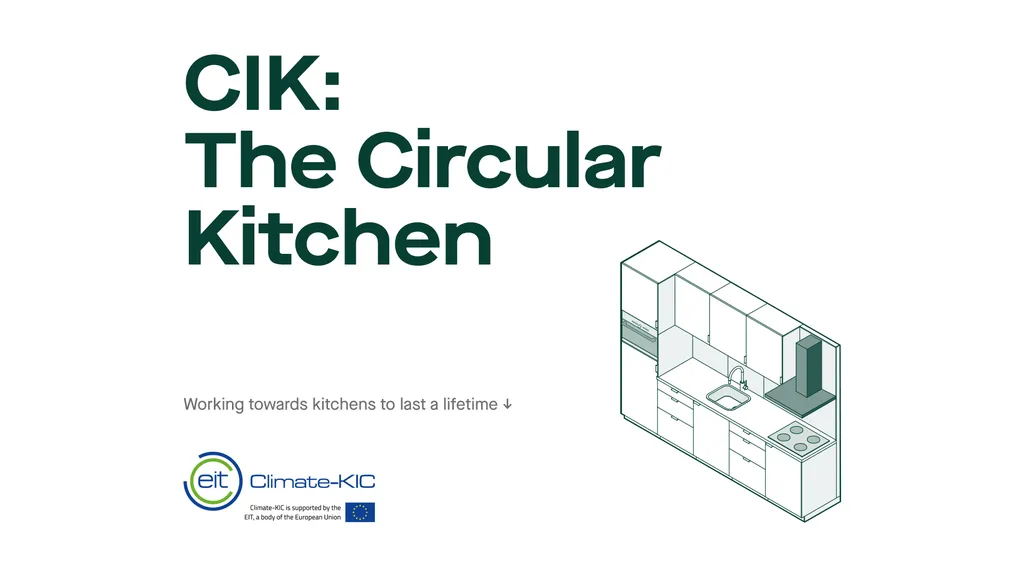In the face of urgent climate challenges, the construction industry is grappling with how to reduce its substantial greenhouse gas emissions and material consumption. A recent study published in ‘A+BE: Architecture and the Built Environment’ (Architecture and the Built Environment) by Bas Jansen of Delft University of Technology offers promising insights into how the Circular Economy (CE) can transform the built environment, starting with something as ubiquitous as the kitchen.
The study, titled “The Circular Kitchen,” explores how circular design principles can be applied to building components, with a focus on kitchens. Jansen and his team aimed to develop a Circular Kitchen (CIK) that outperforms traditional kitchens both environmentally and economically. “The building industry plays a critical role in advancing sustainability,” Jansen explains. “A shift to a Circular Economy offers the potential for reducing resource consumption and waste.”
The research adopted a comprehensive approach, combining Research-through-Design (RtD) and Action Research (AR) to engage stakeholders in developing and testing circular kitchen designs. The team identified four key research goals: developing a life cycle costing (LCC) method for economic evaluation of circular components, assessing the environmental and economic performance of circular building components, deriving lessons from stakeholders’ choices in CIK development, and investigating the feasibility of circular kitchens beyond the CIK project.
One of the study’s significant contributions is the development of a CE-LCC method that adapts existing LCC techniques to better incorporate the complex, multiple use cycles inherent in circular products. This method helps decision-makers assess the economic viability of circular products, supporting the transition towards sustainability in the building industry.
The study also compared biological (BIO) and technical (TECH) circular pathways, revealing that BIO solutions performed best in terms of shadow costs but ranked lower in material flow analysis and total costs. Hybrid variants, combining BIO and TECH materials, showed potential for improved performance. Importantly, business-as-usual components consistently ranked lower than circular variants, highlighting the potential for enhancing environmental and economic performance through circular pathways.
Jansen’s research offers valuable insights into the feasibility of circular kitchens and the importance of considering market implementation. “The feasibility of circular kitchen types may change over time,” Jansen notes. “The absence of certain types in current practice does not necessarily signify their infeasibility.”
The study’s findings have significant implications for the construction industry, particularly for housing associations and manufacturers. By prioritizing feasible circular design options and applying low-impact or longer-lifespan materials, manufacturers can enhance environmental performance while aligning with current industry standards. For those focused on gradual growth, radical innovation towards optimal environmental performance becomes viable, with ongoing efforts directed at improving financial viability to expand market share.
Jansen’s research also underscores the need to reconsider design methodologies for standardized modular building components. Designers should determine the desired level of modularity early on and adapt the focus within the design process accordingly. This approach applies to both designing at the building and the component level.
In conclusion, Jansen’s study highlights the potential of the Circular Economy to reduce resource use, environmental impacts, and waste in the built environment. However, it also emphasizes the need to differentiate between circular strategies and prioritize those with immediate environmental benefits. As the construction industry continues to grapple with sustainability challenges, Jansen’s research offers a roadmap for developing circular building components that are both feasible and environmentally superior.
This research not only shapes future developments in the field but also provides a compelling case for the commercial impacts of adopting circular practices in the energy sector. By embracing circular design principles, the construction industry can make significant strides towards a more sustainable built environment.

